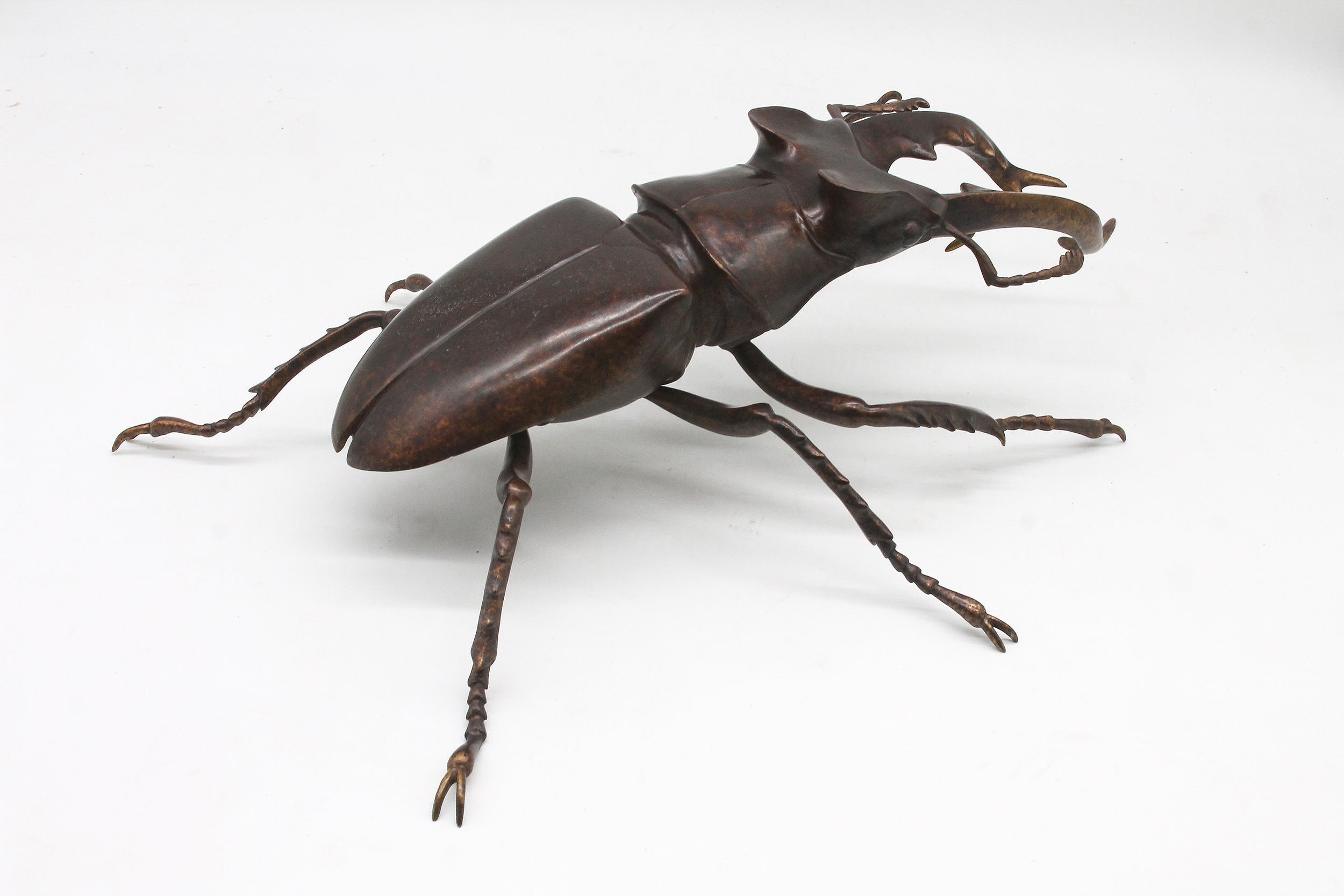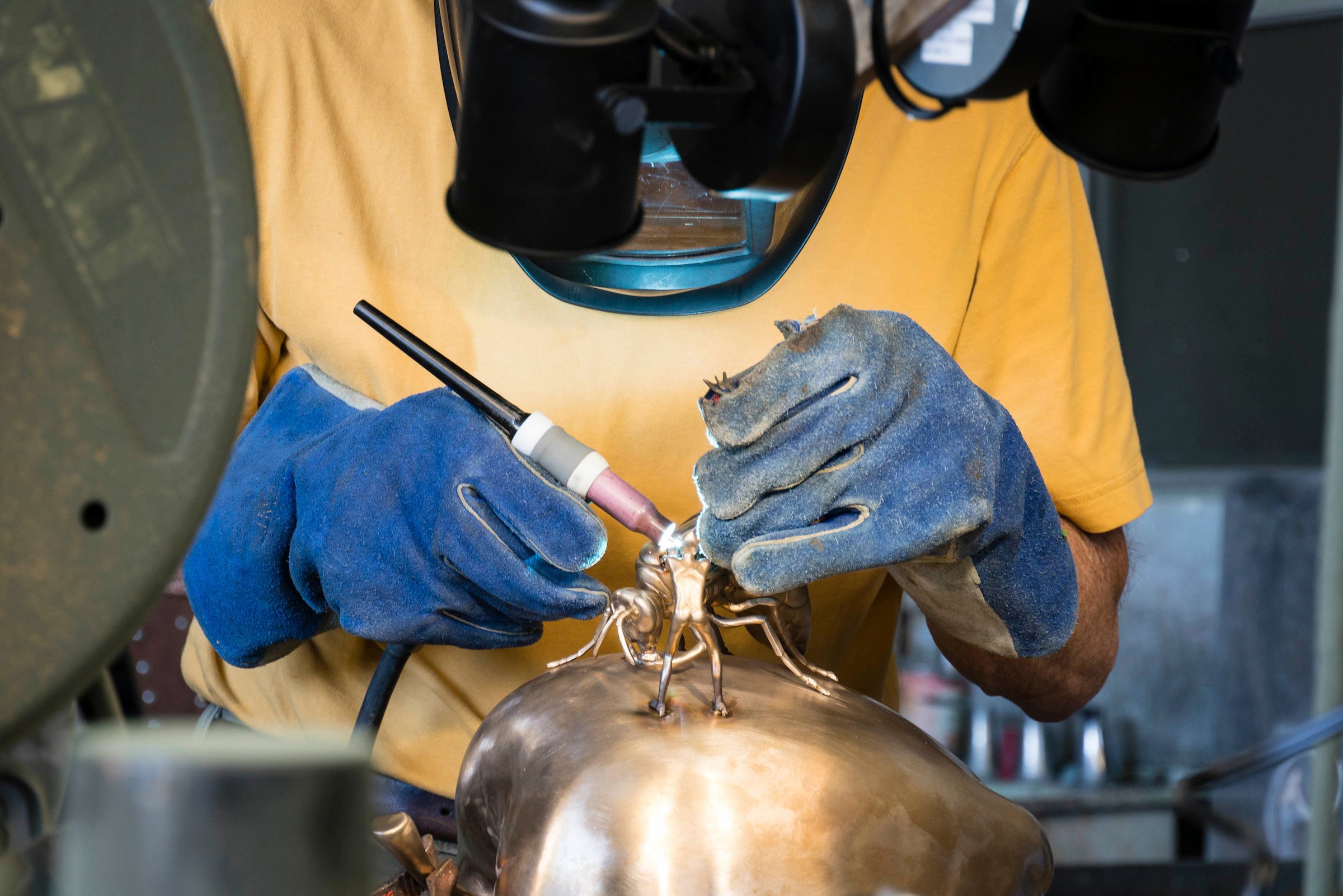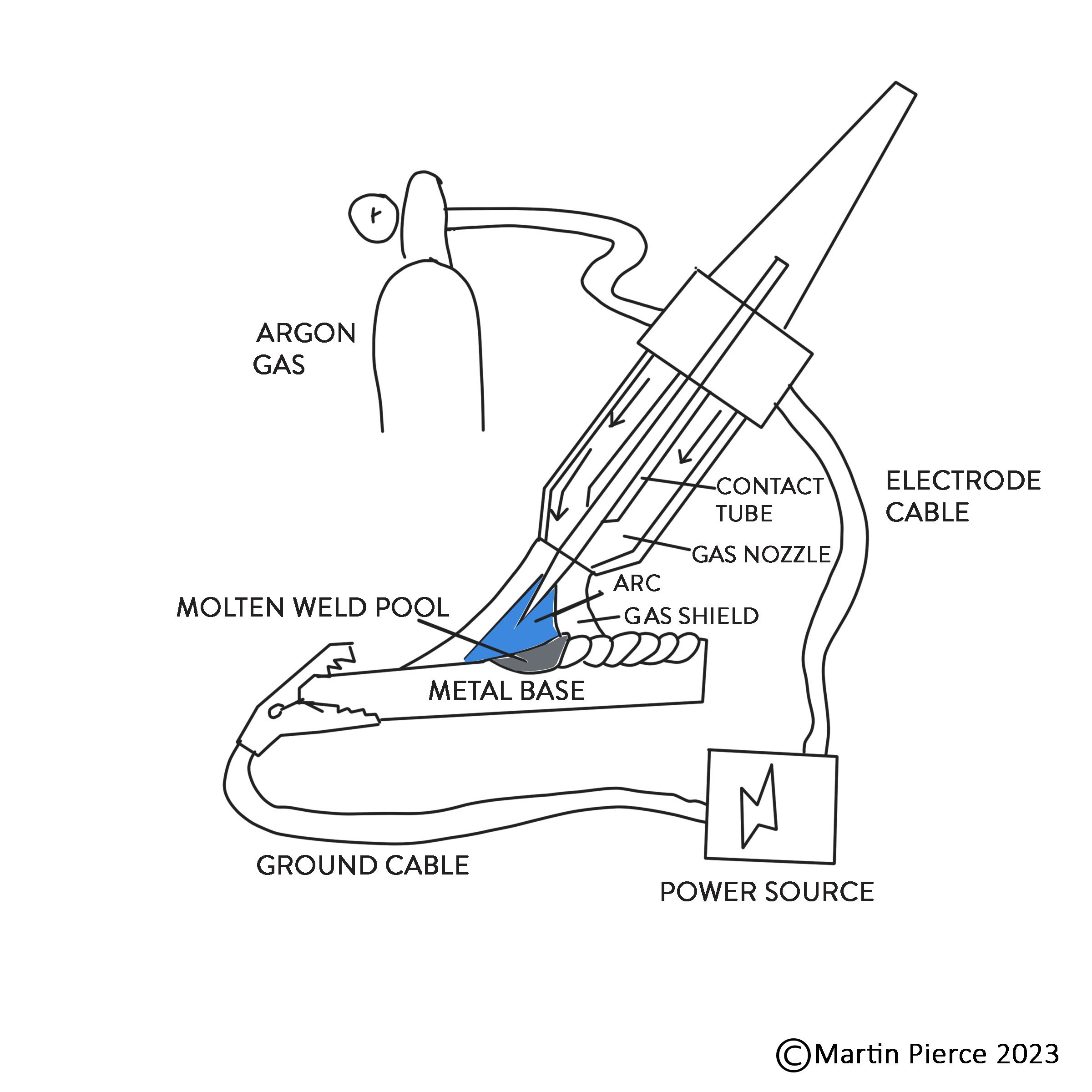In order to paint, carve, sculpt or otherwise create a representation of something, research is necessary. Imagine the difficulty of this research if your subject matter is an insect!
We recently shared with you Martin's love of insects as a subject matter and his desire to pursue that more in the coming year. This requires us to come up with ways to make the study of these creatures easier. We have tried to grow our own-with no success-and importing them from overseas is prohibited as many are protected. We do, however, get many dead specimens from an amazing company, Bioquip, in Rancho Dominguez California. To the entomologist, whether he be a hobbyist or professional, Bioquip is a bit like visiting Disneyland minus the crowds. One could spend hours there as the scale of their collection is simply breath taking, The staff, not surprisingly, have a keen concern for preservation and a deep connection with their subject and it shows both in their incredible expertise and their passion for bugs.
We have also photographed their habitat on visits to the local mountains hoping this information will lend realism to his paintings and sculptures. And we have visited the local natural history museums for an in-depth look at the real thing.
Martin’s particular favorite beetle group (no pun intended) are those that form the stag group or lucanidae. There are many different types of stag beetle that range in size and color but all males have distinctive antler like mandibles that are used in display and in toppling other rival males. They quite literally will turn a competing male upside down. As you can see from the photos these beetles have an armor plated look to them and indeed proportionate to their size are literally one of the strongest creatures on this planet. While these photos may not be for the faint of heart they do help Martin in his quest for realism in his fantasy paintings and in his sculptures. And you must admit their coloring is beautiful.

You can view many "specimens" from our Animal, Lizard and Netzuke collections of custom architectural hardware as well as our entire collection of unique and bespoke pieces by visiting our site at www.martinpierce.com.













